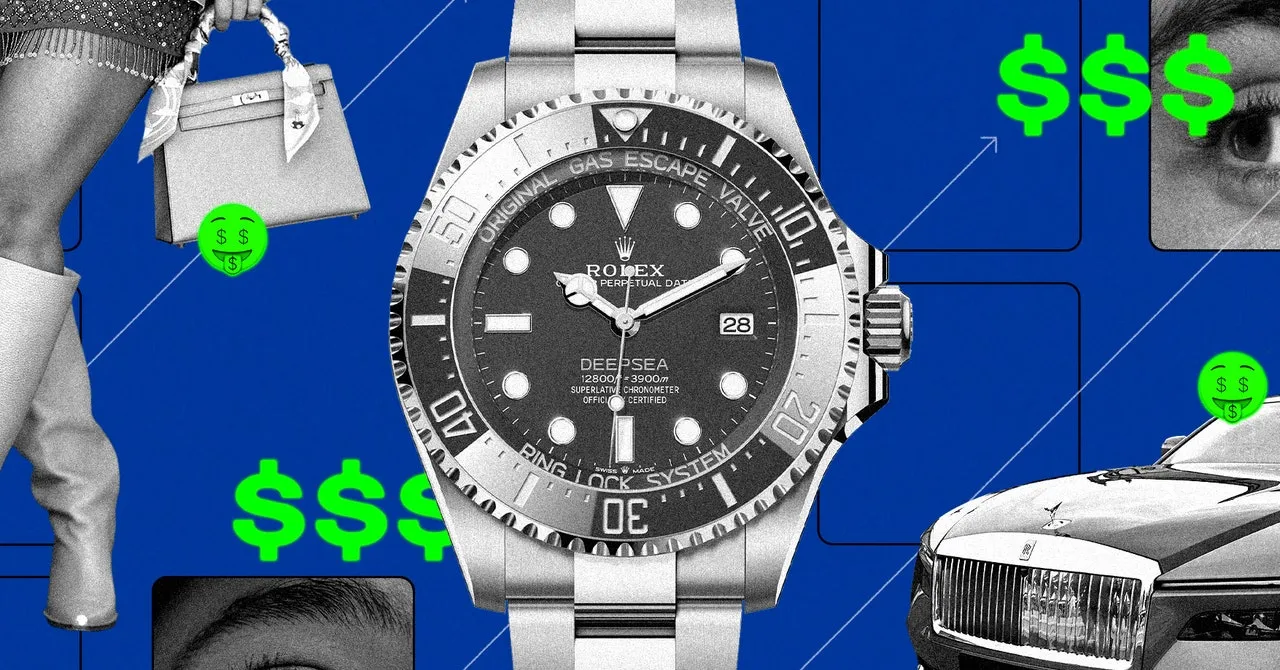Luxury Watch Trends: Why Consumer Demand Soars for High-End Timepieces

Luxury Market Insights
In recent years, the luxury sector, with a focus on watches, has experienced unrelenting price increases that align with economic theories on conspicuous consumption. Recent data from auction houses indicate that renowned brands like Rolex have become powerful symbols of social status, directly impacting consumer desires.
Current Trends in Luxury Shopping
The more expensive a luxury product, the more people desire it. According to reports, Swiss watch exports have risen significantly by value, despite a drop in volume. Prominent brands such as Rolex and Patek Philippe exemplify this trend, showcasing resilience even amidst shifting consumer preferences.
- The luxury market is projected to reach €2.5 trillion by 2030.
- Price increases of 6 to 8 percent annually are common.
- Social media enhances visibility of luxury goods, increasing their demographic appeal.
Understanding Modern Luxury
- Theories of Veblen highlight how price functions to signal status.
- Social signaling plays a crucial role in the perception of luxury items.
- Conspicuous consumption remains relevant in today’s luxury landscape.
With changing societal norms, consumers are now seeking not only exclusive items but also are experimenting with new forms of luxury which may not adhere strictly to traditional price-based desirability. As consumers become more eco-conscious, values are shifting towards brands that symbolize knowledge and sustainability.
This article was prepared using information from open sources in accordance with the principles of Ethical Policy. The editorial team is not responsible for absolute accuracy, as it relies on data from the sources referenced.